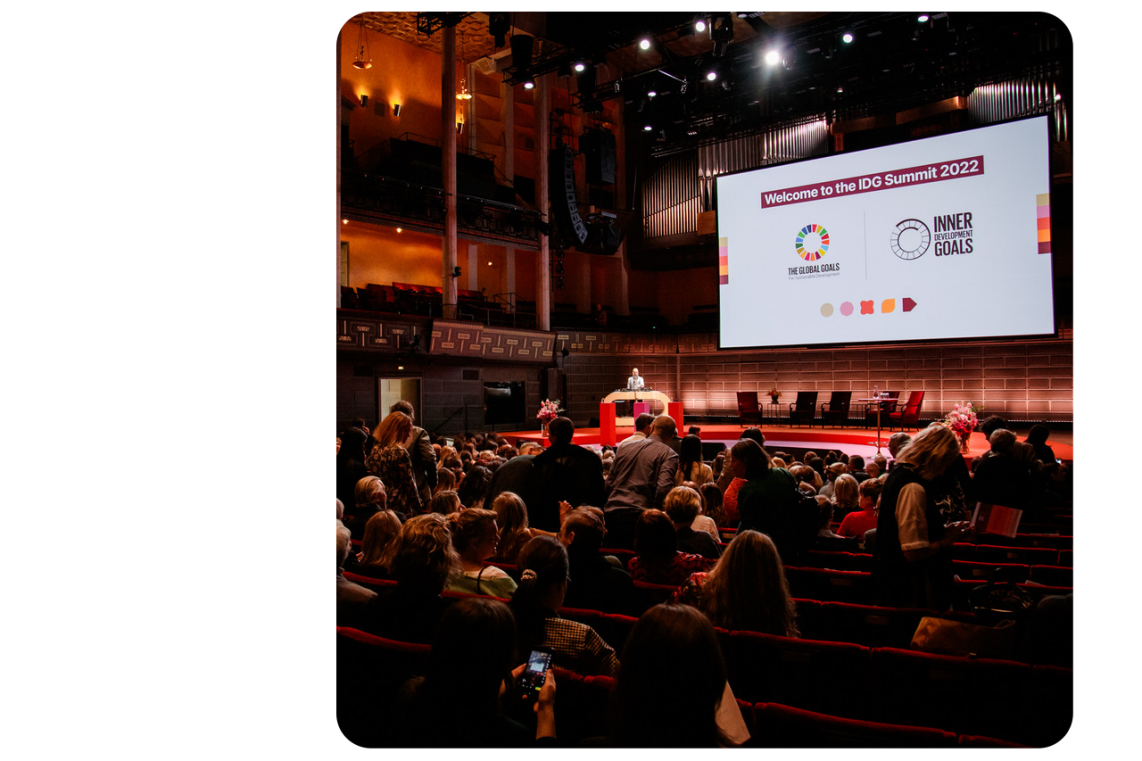
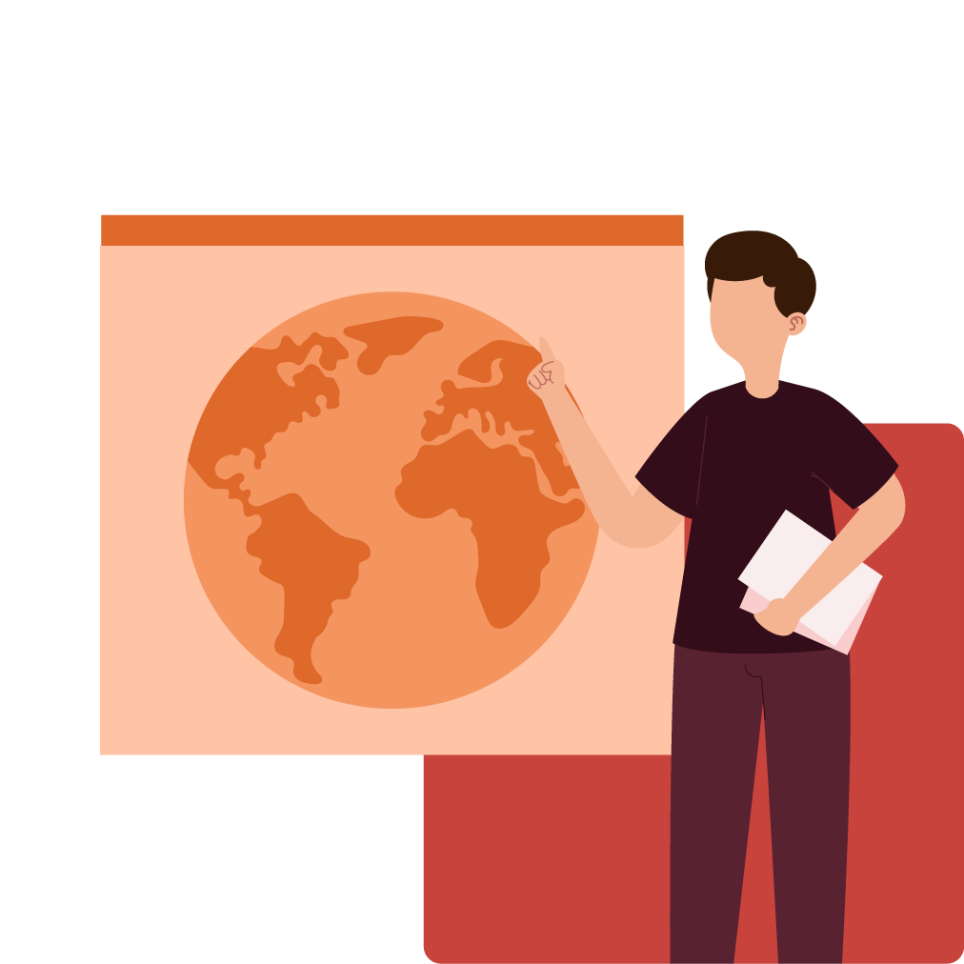
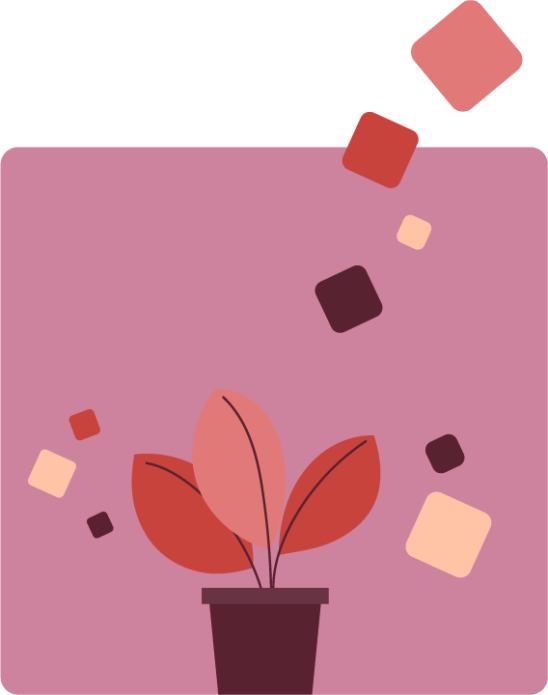
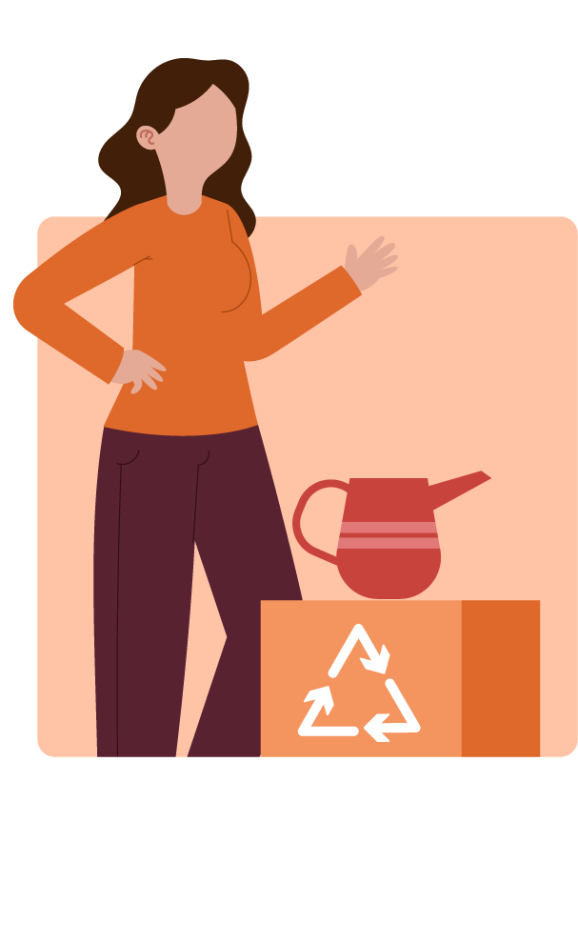
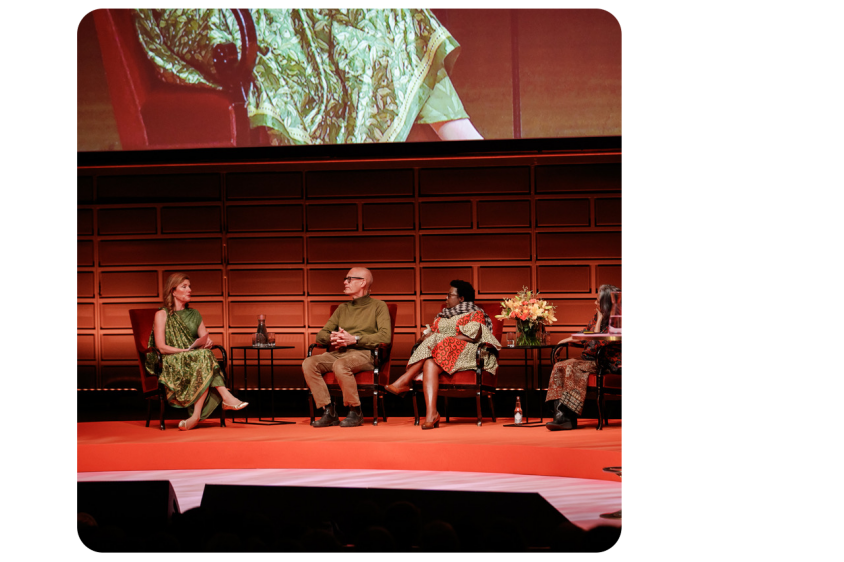

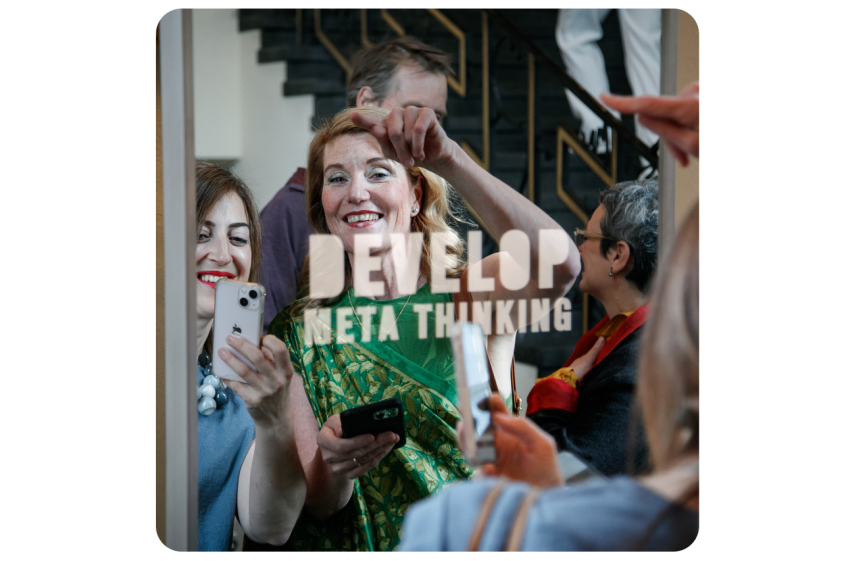
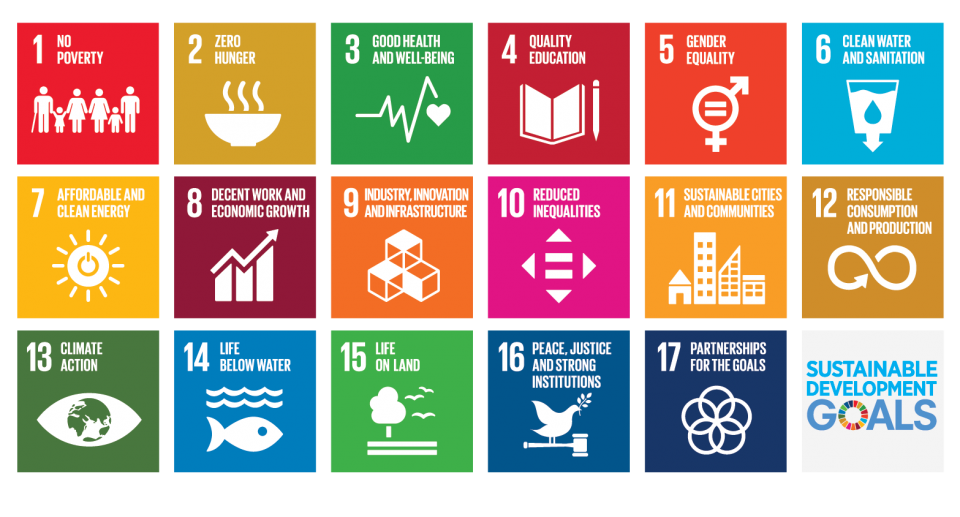
Relating
This is about caring for others and the world. Appreciating, caring for and feeling connected to others, such as neighbors, future generations or the biosphere, helps us create more just and sustainable systems and societies for everyone.
Collaborating
This is about social skills. To make progress on shared concerns, we need to develop our abilities to include, hold space and communicate with stakeholders with different values, skills and competencies.
Acting
This is about enabling change. Qualities such as courage and optimism help us acquire true agency, break old patterns, generate original ideas and act with persistence in uncertain times.
Thinking
This is about cognitive skills. Developing our cognitive skills by taking different perspectives, evaluating information and making sense of the world as an interconnected whole is essential for wise decision-making.
Being
This is about our relationship with ourselves. Cultivating our inner life and developing and deepening our relationship to our thoughts, feelings and body help us be present, intentional and non-reactive when we face complexity.
The Inner Development Goal consist of 23 skills categorized in 5 dimensions:
In 2015, the United Nations launched the Sustainable Development Goals (SDGs). These 17 goals are a blueprint for a more sustainable world by 2030. Today, meeting these goals looks less likely. According to Michael Werndstedt, Associate Director of the Inner Development Goals (IDG’s), this is mainly due to individual decisions. We must first change ourselves before we are able to change our planet.
Maaike de Reuver Inner Development Goals Loraine Elemans
Interview
4 min
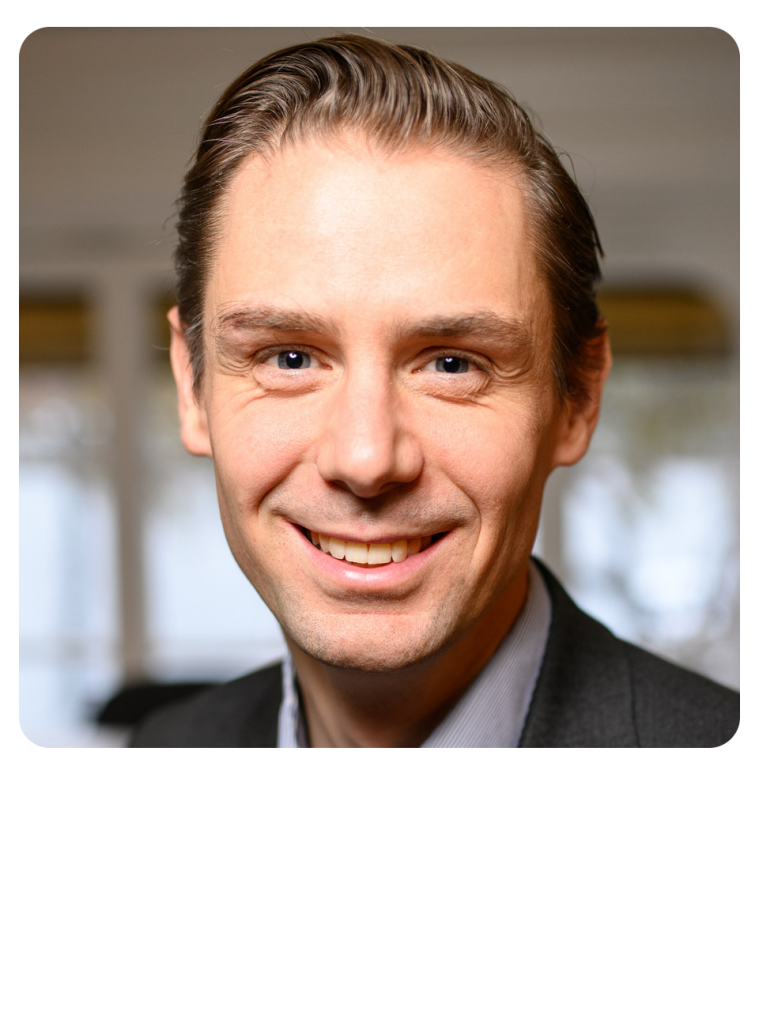
Based in Stockholm, Sweden, the organization was founded in 2020 and maintains a staff of approximately twenty. In the first phase (2020), more than a thousand experts, doers and helpers were tasked with goal setting. These experts, which included scientists, and doers which are organizations that are already working on sustainable developments, collaborated with helpers, who are trainers, to assist companies and individuals to create change. In the second phase (2021 - 2022), over 3,000 people collaborated to develop a toolkit with methods that help develop the 23 skills. In phase three (2023), a global study in over 100 countries will be done to create an updated version of the IDG-framework. Co-creation is at the heart of the initiative. Currently, there are more than 40 partners that include Google, Spotify and Ikea, and the governments of countries like Rwanda and Costa Rica. And of course, the partnership with the United Nations.
Wernstedt: “Costa Rica was one of the first countries that wanted to work together around the IDGs. They see their country changing as a result of climate change and want to do something. The government wants citizens and organizations in their country to assume that change is possible, and that it starts with the people themselves. In Costa Rica, we bring together stakeholders from the private sector, from politics and from multinationals to talk about how they can implement the IDGs both in their personal and working lives.”
Companies or individuals who (want to) work with the Inner Development Goals or want to know more can join one of the IDG meetings. For example, there is the annual IDG Summit. This year it will take place on October 11th and 12th in Stockholm. The theme is about connecting the dots, and the Inner Development Goals in action.
Wernstedt: “The United Nations has set wonderful goals, each of which can contribute to a more sustainable world. Nevertheless, most individuals and companies don’t act like they are aligned with these goals. I think this is because many people do want to change, but their inner capacity to change is not developed enough. Fortunately, research shows that our inner capacity for change can develop.”
It is why the Inner Development Goals started in 2020. A non-profit organization that stimulates inner development. The organization researches, achieves and shares a set of skills and abilities that help people to live a more conscious and productive life. This change is founded on five ‘Inner Development Goals’ that ladder up to achieving the UN’s SDGs.
About Michael Wernstedt
Wernstedt lives and works in Stockholm, having been a successful lawyer for many years. But he recognized that the world was changing quickly, and wanted to contribute to imagining a better future that would create a positive impact. So he left his legal profession behind and founded an organization that taught leadership courses to high school students. It was from that experience that he joined the Inner Development Goals team in 2021.
A more sustainable world begins with the Inner Development Goals
What is stalling success in achieving the Sustainable Development Goals of the
United Nations?

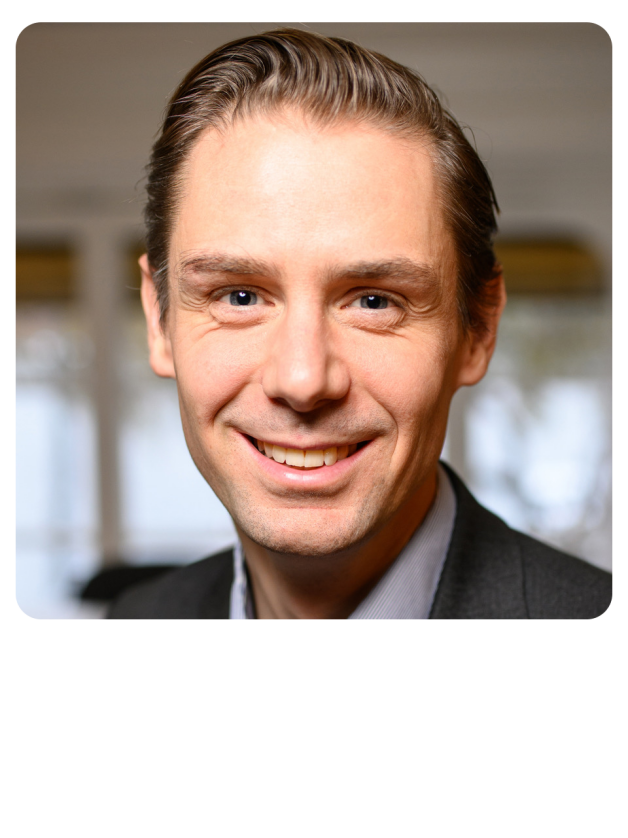
About Michael Wernstedt
Wernstedt lives and works in Stockholm, having been a successful lawyer for many years. But he recognized that the world was changing quickly, and wanted to contribute to imagining a better future that would create a positive impact. So he left his legal profession behind and founded an organization that taught leadership courses to high school students. It was from that experience that he joined the Inner Development Goals team in 2021.

Based in Stockholm, Sweden, the organization was founded in 2020 and maintains a staff of approximately twenty. In the first phase (2020), more than a thousand experts, doers and helpers were tasked with goal setting. These experts, which included scientists, and doers which are organizations that are already working on sustainable developments, collaborated with helpers, who are trainers, to assist companies and individuals to create change. In the second phase (2021 - 2022), over 3,000 people collaborated to develop a toolkit with methods that help develop the 23 skills. In phase three (2023), a global study in over 100 countries will be done to create an updated version of the IDG-framework. Co-creation is at the heart of the initiative. Currently, there are more than 40 partners that include Google, Spotify and Ikea, and the governments of countries like Rwanda and Costa Rica. And of course, the partnership with the United Nations.
Wernstedt: “Costa Rica was one of the first countries that wanted to work together around the IDGs. They see their country changing as a result of climate change and want to do something. The government wants citizens and organizations in their country to assume that change is possible, and that it starts with the people themselves. In Costa Rica, we bring together stakeholders from the private sector, from politics and from multinationals to talk about how they can implement the IDGs both in their personal and working lives.”
Companies or individuals who (want to) work with the Inner Development Goals or want to know more can join one of the IDG meetings. For example, there is the annual IDG Summit. This year it will take place on October 11th and 12th in Stockholm. The theme is about connecting the dots, and the Inner Development Goals in action.
Acting
This is about enabling change. Qualities such as courage and optimism help us acquire true agency, break old patterns, generate original ideas and act with persistence in uncertain times.
Collaborating
This is about social skills. To make progress on shared concerns, we need to develop our abilities to include, hold space and communicate with stakeholders with different values, skills and competencies.
Relating
This is about caring for others and the world. Appreciating, caring for and feeling connected to others, such as neighbors, future generations or the biosphere, helps us create more just and sustainable systems and societies for everyone.
Thinking
This is about cognitive skills. Developing our cognitive skills by taking different perspectives, evaluating information and making sense of the world as an interconnected whole is essential for wise decision-making.
Being
This is about our relationship with ourselves. Cultivating our inner life and developing and deepening our relationship to our thoughts, feelings and body help us be present, intentional and non-reactive when we face complexity.
The Inner Development Goal consist of 23 skills categorized in 5 dimensions:

Wernstedt: “The United Nations has set wonderful goals, each of which can contribute to a more sustainable world. Nevertheless, most individuals and companies don’t act like they are aligned with these goals. I think this is because many people do want to change, but their inner capacity to change is not developed enough. Fortunately, research shows that our inner capacity for change can develop.”
It is why the Inner Development Goals started in 2020. A non-profit organization that stimulates inner development. The organization researches, achieves and shares a set of skills and abilities that help people to live a more conscious and productive life. This change is founded on five ‘Inner Development Goals’ that ladder up to achieving the UN’s SDGs.
In 2015, the United Nations launched the Sustainable Development Goals (SDGs). These 17 goals are a blueprint for a more sustainable world by 2030. Today, meeting these goals looks less likely. According to Michael Werndstedt, Associate Director of the Inner Development Goals (IDG’s), this is mainly due to individual decisions. We must first change ourselves before we are able to change our planet.
Maaike de Reuver Inner Development Goals Loraine Elemans
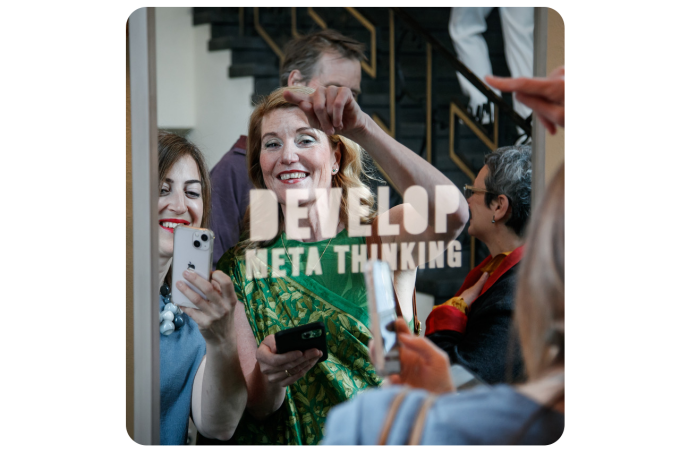
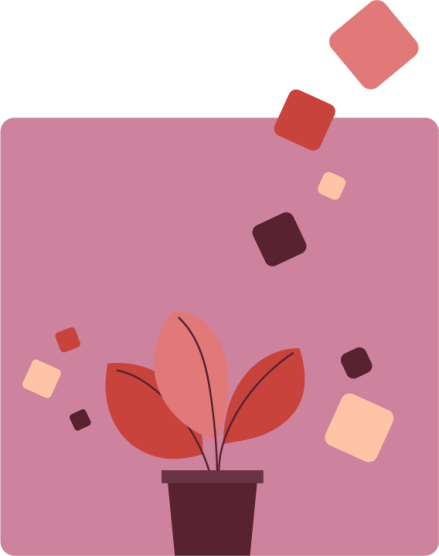

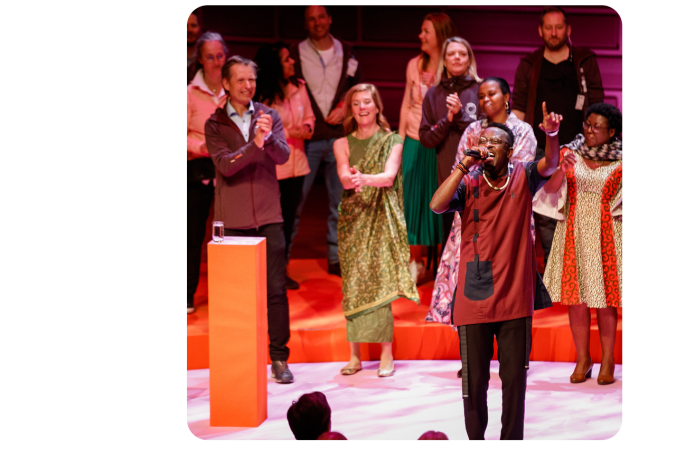
What is stalling success in achieving the Sustainable Development Goals of the United Nations?
A more sustainable world begins with the Inner Development Goals
4 min









